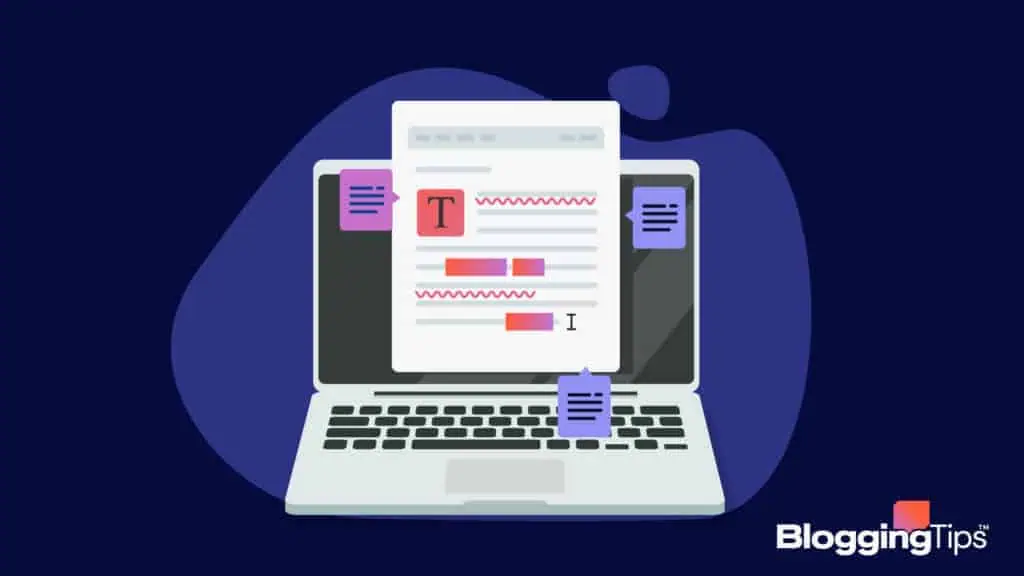
Creating original content is a cornerstone of successful blogging, but sometimes unintentionally, content can overlap significantly with existing sources. Here’s a straightforward tutorial aimed at bloggers for checking their posts for plagiarism:
Step 1: Understand What Constitutes Plagiarism
Plagiarism involves copying someone else’s work without permission, passing off their ideas as your own, or not giving proper credit. This includes text, images, music, and videos. Understanding this will help you ensure your content is both ethical and original.
Step 2: Use Plagiarism Detection Tools
There are numerous online tools available to check for plagiarism. Some of the most popular and effective ones include:
- Turnitin: Widely used in academic environments, it’s great for checking deep similarities.
- Grammarly: Offers grammar checking as well as plagiarism detection.
- Copyscape: Specifically designed for checking website content for plagiarism.
- Plagiarism Checker by SmallSEOTools: A free tool that’s useful for quick checks.
Step 3: Conduct Manual Checks
While automated tools are helpful, they might not catch everything. Here’s how to do a manual check:
- Search for unique phrases: Take a unique sentence or phrase from your post and search for it in quotes on Google. This can help you find if the exact phrase appears elsewhere on the internet.
- Check your sources: Ensure that all the sources you’ve referenced in your blog post are properly credited and the information is paraphrased in your words unless quoted.
Step 4: Paraphrase and Quote Properly
If you need to use information from another source:
- Paraphrase: Rewrite the information in your own words and style, and link back to the original source.
- Quote: Use the exact text in quotation marks and credit the source directly beside the quote.
Step 5: Keep Records of Your Sources
Maintain a list of all the sources you consult during your writing process. This not only helps in crediting them appropriately but also useful if you need to verify the originality of your content later.
Step 6: Educate Yourself Regularly
Plagiarism standards and tools evolve, so keeping yourself updated with the latest in content creation ethics and tools is beneficial.
By following these steps, bloggers can significantly minimize the risk of plagiarism and enhance their credibility and trustworthiness in the digital content space.


Responses